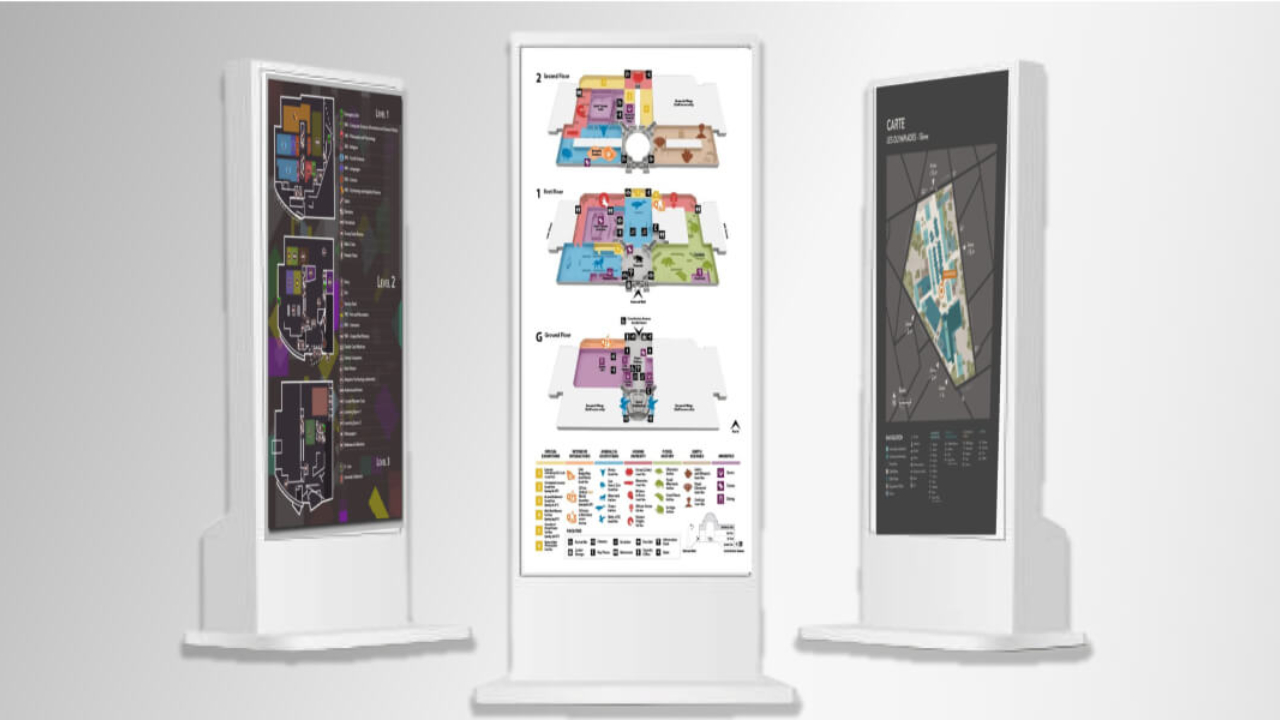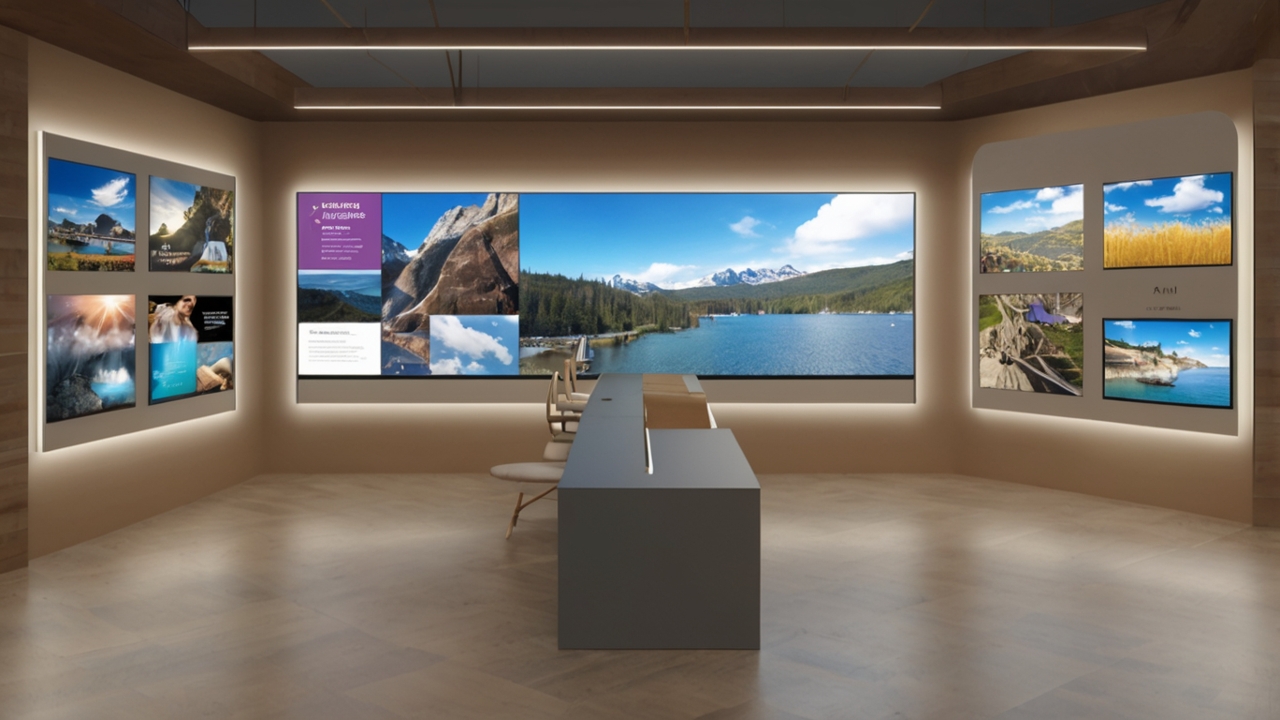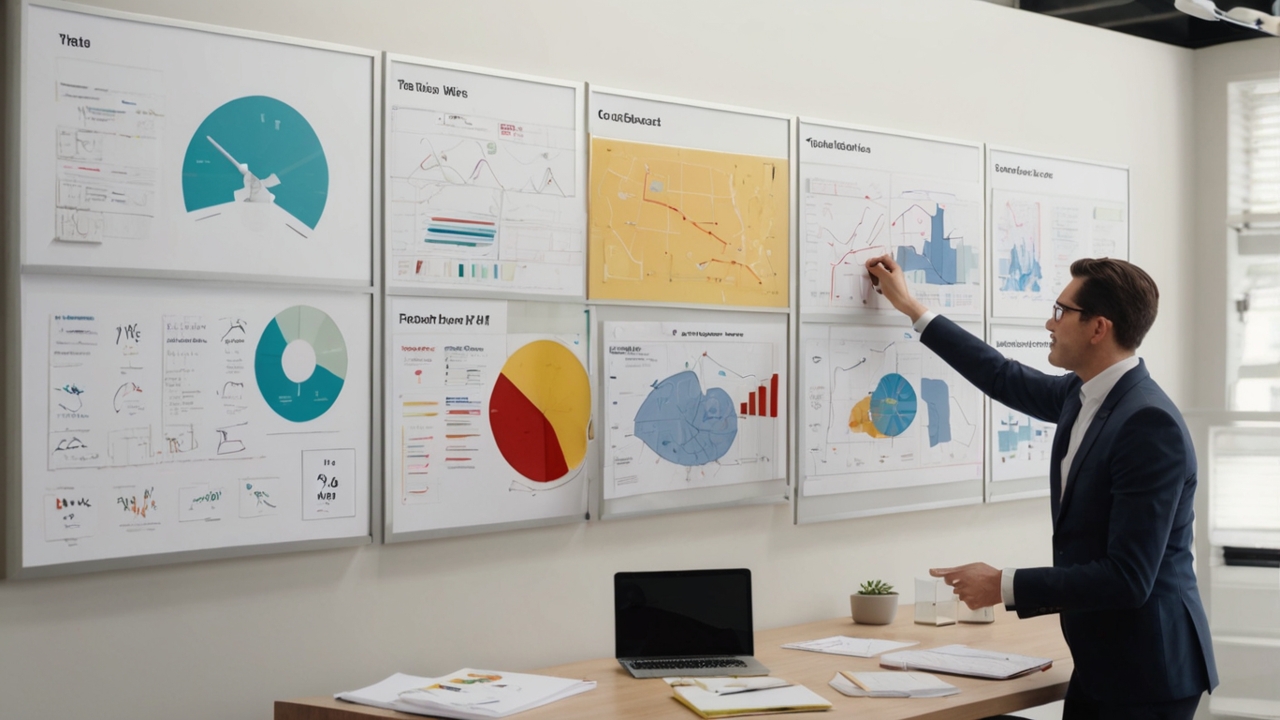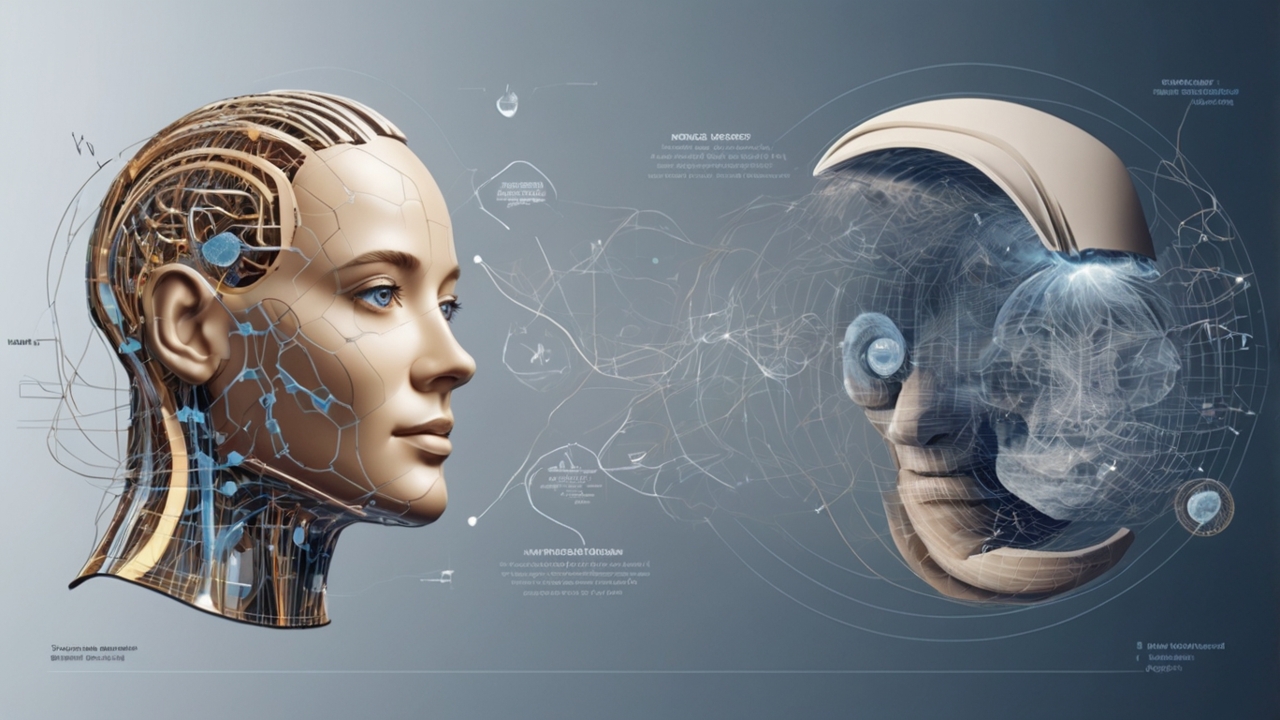Mayumiotero – In today’s era of smart homes and immersive technology, Interactive Projection Maps are reshaping how we navigate and experience our living spaces. These innovative systems blend augmented reality (AR), sensor mapping, and projection technology to create dynamic, visual guidance inside homes. Instead of relying on static signage or smartphone apps, users can now interact with visual cues projected directly onto walls or floors. This approach not only enhances convenience but also adds an artistic and futuristic element to interior spaces.
The rise of this technology is fueled by advancements in AI-driven spatial computing. Unlike traditional smart assistants, projection maps visualize real-time movement within a home allowing users to see personalized directions, lighting adjustments, or safety alerts through projected pathways. It’s a fusion of design, technology, and human-centered innovation, turning homes into responsive, intelligent ecosystems.
“Read also: Inside CodeMender: How DeepMind’s AI Agent Fixes Code Vulnerabilities Autonomously“
How Interactive Projection Maps Work
At its core, Interactive Projection Maps rely on a combination of motion sensors, LiDAR scanners, and smart projectors. These components continuously analyze spatial data to understand the home’s layout and the user’s position within it. Once movement is detected, the system projects interactive pathways or icons to guide navigation similar to how GPS works outdoors but adapted for indoor spaces.
For example, when you say “show me the fastest route to the kitchen,” the projection system might display an illuminated trail across the floor, complete with adaptive lighting that reacts to your footsteps. The technology seamlessly integrates with existing smart home platforms like Google Home or Alexa, making it intuitive and hands-free. This blend of functionality and immersion is what sets projection maps apart from standard digital wayfinding tools.
Enhancing Accessibility and Independence at Home
One of the most transformative aspects of Interactive Projection Maps lies in their ability to empower accessibility. For elderly individuals, people with visual impairments, or those living with cognitive challenges, navigating a home can be difficult especially in low-light or complex environments. Projection maps help bridge this gap.
Imagine a system that automatically highlights doorways, stair edges, or essential items when movement is detected. Users can also customize alerts such as color-coded pathways for different family members or glowing icons for frequently used objects like medication cabinets. This kind of adaptive environment redefines independence, turning technology into a compassionate tool for daily living. It’s not just innovation for convenience it’s technology with empathy.
Blending Design, Functionality, and Aesthetics
Beyond practicality, Interactive Projection Maps introduce a new dimension of interior design. Homeowners can choose projection themes that complement their aesthetic whether it’s soft ambient patterns or futuristic light grids. At night, these maps can double as subtle art installations, transforming walls into living canvases that respond to motion.
Interior designers are beginning to integrate projection surfaces directly into architectural layouts. Instead of hanging digital screens, they use textured walls or polished floors that enhance the quality of light projections. The result is a seamless blend of utility and visual elegance. These systems make navigation both functional and emotionally engaging, transforming routine movement into an interactive experience.
Data-Driven Personalization and AI Learning
The intelligence behind Interactive Projection Maps lies in their ability to learn from user behavior. Over time, AI algorithms track movement patterns, lighting preferences, and daily routines. This data allows the system to anticipate user needs like illuminating the path to the bathroom at night or highlighting areas of frequent activity during cleaning.
This predictive personalization aligns with the broader movement toward AI-augmented living environments, where every interaction refines the system’s understanding of the user. The more you live with it, the smarter and more intuitive it becomes. From energy efficiency to emotional comfort, projection maps bring a new layer of intelligence to home automation.
Safety, Security, and Smart Monitoring
Interactive Projection Maps also redefine how we think about home safety. By combining motion tracking and real-time alerts, the system can identify unusual movement patterns such as falls or prolonged inactivity and notify emergency contacts instantly. For families with children, it can project safe zones or gently guide kids away from restricted areas.
In emergencies like fire or power failure, the projections can transform into illuminated evacuation routes, directing occupants safely to exits. When connected to IoT sensors, it can even highlight air quality zones or detect potential hazards like gas leaks. In essence, Interactive Projection Maps evolve from being just navigation tools to becoming guardians of home safety.
“Read also: Red Hat Report Reveals 89% of Businesses Yet to See Customer Value from AI Investments“
Comparing Interactive Projection Maps to Traditional Smart Home Systems
While traditional smart homes rely heavily on screens and voice commands, projection-based systems offer a spatial and sensory upgrade. Instead of abstract notifications on a phone, users experience real-time, location-specific feedback. This approach makes technology more tangible and inclusive, particularly for users who may find screen-based interfaces overwhelming.
In contrast, projection maps encourage movement and interaction within physical space, reinforcing the human connection to the home environment. It’s an evolution from smart living to spatially intelligent living, where the environment itself becomes an active participant in communication.
Future Possibilities and Market Outlook
Looking ahead, the potential of Interactive Projection Maps is immense. As hardware becomes more compact and affordable, adoption will likely expand beyond luxury homes into everyday living spaces. Developers are exploring integrations with AR glasses, allowing users to experience a seamless hybrid of physical and projected navigation.
Moreover, with sustainability in mind, projection-based systems consume less energy compared to multiple LED displays. Combined with solar-powered micro-projectors, they could revolutionize eco-friendly home automation. According to market analysts, the demand for interactive spatial interfaces is projected to grow by over 25% annually through 2030, making it one of the fastest-emerging segments in smart home innovation.
The Human Side of Smart Spaces
As a technology enthusiast and observer of human-centered design, I believe Interactive Projection Maps represent the next natural evolution of smart homes. Unlike static digital assistants, these systems bring technology closer to the human experience intuitive, visual, and emotionally responsive. They turn a house into a living organism that interacts with its inhabitants, adapting not just to commands but to moods and needs.



